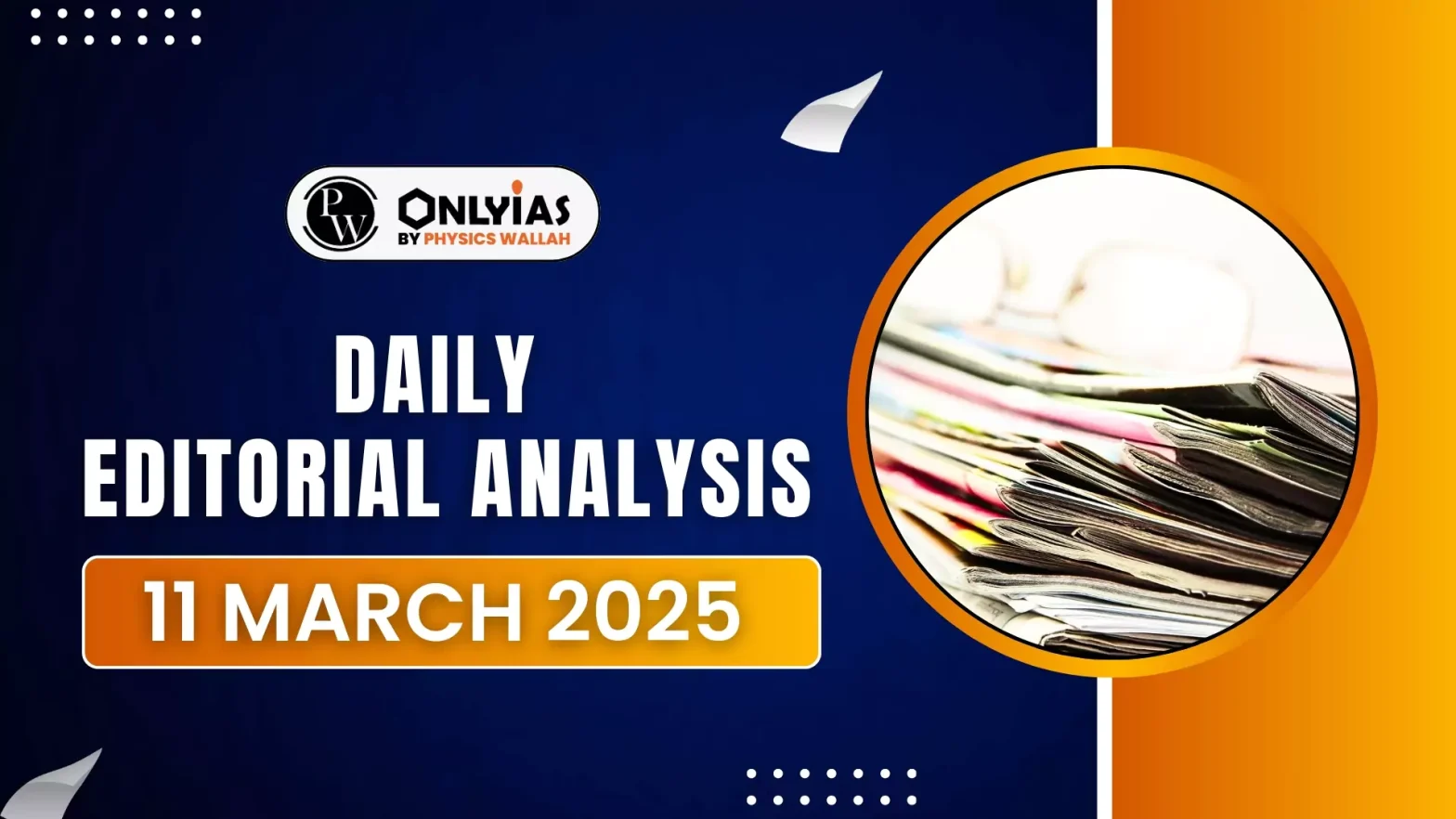During the recent visit by the Prime Minister of India to the U.S, India and the United States agreed to negotiate a Bilateral Trade Agreement (BTA) by fall 2025.
Considerations in the BTA
- WTO Compliance: Both India and the U.S. are WTO members, requiring their trade agreements to align with GATT and WTO principles.
- The agreement must respect Most-Favored-Nation (MFN) obligations, unless justified under WTO exceptions for regional trade agreements (RTAs).
- Scope: The U.S.-India Joint Leaders Statement mentions a multi-sector BTA but lacks specific details.
- Legal Classification: The agreement is not termed as a Free Trade Agreement (FTA), though its classification will depend on its actual commitments rather than its name.
Legal Considerations
- Most-Favored-Nation (MFN) Principle: The MFN principle prohibits trade discrimination between WTO member countries. Preferential trade agreements (e.g., FTAs or BTAs) must meet specific conditions to be WTO-compliant.
- Trade Coverage: Article XXIV.8(b) of GATT allows FTAs only if they eliminate customs duties and trade barriers on “substantially all trade.”
- “Substantially all trade” remains undefined but implies a high percentage of bilateral trade must be liberalized.
- The proposed India-U.S. BTA must meet this criterion to be legally valid under WTO rules.
- Implications: If India and the U.S. reduce tariffs only on select products, it could violate WTO law unless:
- The agreement covers “substantially all trade” or
- It qualifies under another WTO exception. The BTA must also be notified to the WTO for transparency and review.
Strategies for WTO Compliance
- Interim Agreement: An interim agreement is a temporary trade deal aimed at forming a Free Trade Agreement (FTA).
- Article XXIV.5 of GATT: Must be necessary for forming an FTA. Should include a clear plan and timeline (typically within 10 years) to finalize the FTA.
- Concern: If India and the U.S. do not genuinely intend to form an FTA, using an interim agreement as a loophole would be legally questionable.
- Enabling Clause: The ‘enabling clause’ permits preferential trade deals only for developing countries, ensuring special benefits for them in global trade agreements.
- Compliance: Since both India and the U.S. are mutually reducing tariffs, the agreement does not qualify as a special arrangement exclusively for a developing country.
- Joint Statement: The Joint Statement indicates that India is lowering tariffs on U.S. products, making the trade deal inconsistent with the enabling clause and raising concerns about its legitimacy under WTO rules.
Free Trade Agreement
- About: Free Trade Agreements are comprehensive trade deals between two or more countries, aimed at reducing or eliminating trade barriers such as tariffs and import/export restrictions.
- These agreements provide preferential access to markets by offering tariff concessions and lowering non-tariff barriers.
Most Favoured Nation Principle
- About: MFN principle requires that any favourable trading terms granted by one WTO member to another must be extended to all other WTO members.
- Purpose: Promote equality in international trade by preventing discrimination and ensuring that all members are treated equally.
- MFN is a priority in the General Agreement on Trade in Services (GATS) (Article 2) and Agreement on Trade-Related Aspects of Intellectual Property Rights (TRIPS) (Article 4).
|
Challenges Faced by India in BTA Negotiations
- Contradictory: The U.S. cannot unilaterally raise tariffs to match other nations’ rates without violating MFN obligations.
- Ignores Special & Differential Treatment (S&DT): Developing countries like India are allowed to offer lower tariff concessions to developed nations under WTO rules.
- Breaching Commitments: The U.S. cannot legally exceed its bound tariff rates set at the WTO.
Conclusion
The India-U.S. BTA negotiations will test India’s ability to uphold WTO norms. India must firmly reject reciprocal tariffs, ensuring that any trade deal respects WTO commitments and does not set a dangerous precedent for global trade policies.
![]() 11 Mar 2025
11 Mar 2025

